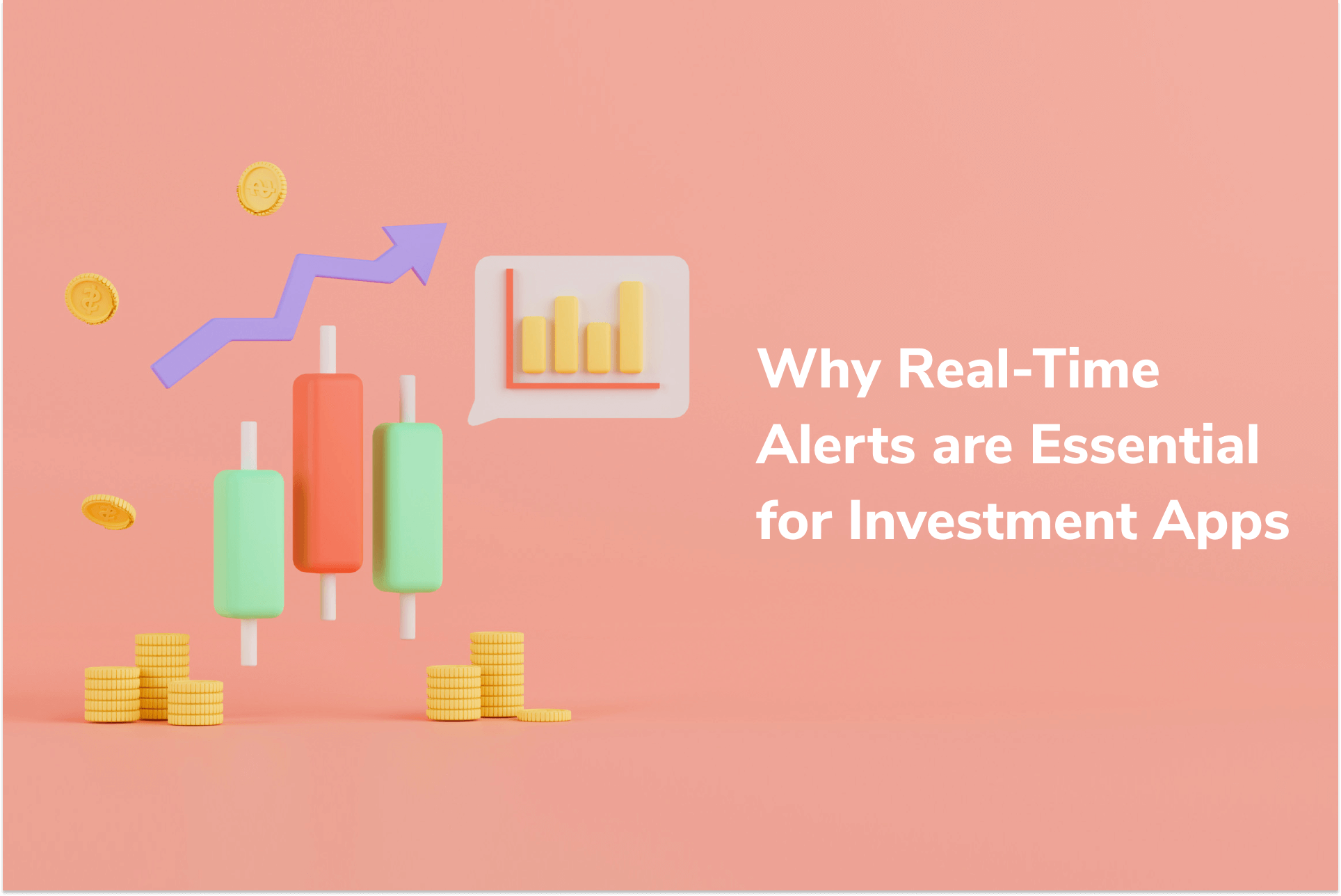Like many mobile verticals, stock trading and investment apps saw dramatic growth over the course of the pandemic.
Robinhood set a new precedent for the trading and investment app ecosystem, with its gamified interface and commission-free trading model. Other fintech companies shifted to offer commission-free stock trading, low fees, and low minimum balance requirements. Larger investment platforms were forced to lower their commissions. Platforms increasingly moved towards a simplified and streamlined mobile experience to allow users to better manage their portfolios on the go.
Features like Robo-advising, automated investing, social sharing, and built-in financial education are on the rise.
As more consumers have hopped onto trading and investment apps, companies in the space must now consider how best to educate and engage users. With a record number of young and less experienced traders, the way these companies cater to and communicate with their users is more important than ever.
Why Your Brand Needs Real-Time Alerts
Whether your app caters to beginner or seasoned investors, your users will appreciate receiving real-time alerts about the market. Mobile trading experiences are now expected to be as seamless as their desktop counterparts.
Investment apps are responsible for actively communicating relevant real-time changes in the market to their users through general alerts, news updates, price alerts, and more.
Here, we’ve laid out some thoughts around why and how investment apps can use stock alerts to best streamline their UI and provide the most value to every investor on their platform.
One of the biggest challenges for new investors to confront is what information they need to pay attention to in order to guide their buying and selling decisions.
There’s a lot of noise in the stock market every single day. New and seasoned investors alike may need help filtering the data points that are relevant to them. This is where it’s helpful to implement a personalized notification framework to help users responsibly manage their assets and stay aware of changes that might affect them.
Here are three key categories of notifications you’ll want to send.
1. News Alerts
A war breaks out overseas. A pandemic sweeps the United States.
A company a user owns stock in has released its quarterly earnings report.
OR the company gets acquired. OR its CEO has a heart attack. OR the company faces a huge legal settlement.
Shareholders want to know when these types of events occur, so they can act accordingly. Send critical news alerts as push notifications. Your users will want to adjust their position in response to these significant events..
The news alerts you send must be personalized based on a user’s portfolio. Sending a user a slough of irrelevant alerts around a company they don’t own stock in is an easy way to annoy them. The value of news alerts depends on how well you tailor these messages to user preferences. You might achieve this through data tags, or you can collect user preferences directly.
2. Market Updates
Set up alerts around major market fluctuations, so users know when the market is high or low and can take action accordingly.
For example, if the market is down five percent over a few days, send users a push notification alerting them to the downturn. They may then choose to buy from their watchlist while the market is low. Investors who are waiting in the wings for their next buying opportunities will be alerted at the perfect time.
3. Price Alerts
Price alerts can help users monitor the movements of individual stocks they wish to track. These alerts are a fundamental use case, but they have the potential to annoy users if they’re sent too frequently. That being said, let your users choose the type and frequency of price alerts they receive.
When it comes to these types of messages, it’s best practice to give your users control in customizing how often they want these updates and at what cutoffs.
Target Price Alerts
Your users may have specific prices at which they hope to buy or sell stocks, EFT’s, or other assets. Give them the option to receive notifications when their stocks reach a target price or move significantly.
Percent Change, Trading Volume, and Other Technical Indicators
Similarly, your users may want to be notified based on a stock’s daily percent change. They may want to know when a stock moves five percent, ten percent, or set some other custom threshold at which they’d like a push notification.
Users may also want to track volume, moving averages, 52-week highs and lows, and other technical indicators.
A Note on Customization
With stock alerts, it’s crucial to adapt notification type and frequency to user preferences. Make sure to A/B test your campaigns and refine as you go.
Make sure you’re staying true to the bottom line— helping users responsibly manage their portfolios, stay on top of trading and investment opportunities, and save time so they don’t have to constantly monitor their investments.
Improving the Banking Experience With Push Notifications
Interested in how apps in the broader financial services industry are leveraging push notifications? Learn how banking apps are creating a more connected and real-time UX with different types of messaging.
Why Fintech Companies Trust OneSignal
OneSignal is designed to help you send notifications and seamlessly manage your user communication across a variety of channels, including mobile push notifications, web push notifications, bulk SMS, in-app messaging, and email.
Our platform is quick to set up and makes it easy to automate and customize your messaging strategy in a secure and scalable way, which is why we're favored by many Crypto and Fintech companies. Read the case study below to learn how Bitcoin.com has leveraged our platform to improve its app experience, share timely alerts, and educate its users.
Read the Bitcoin.com Case study



